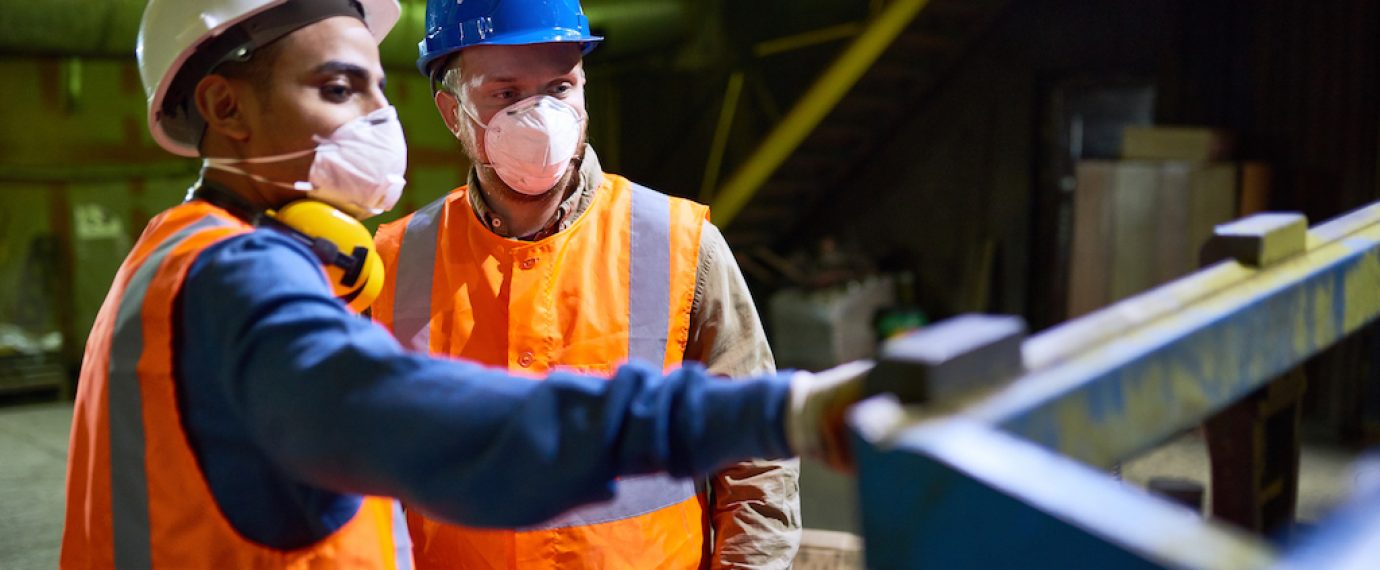Hiring temporary workers has increased more than ever in today’s work environment. This can create many opportunities for staffing agencies and host employers looking to hire workers in the future. Is your company prepared to work with staffing agencies? Do you have the correct information in place when hiring a temporary employee? When a temporary employee gets hired at your company, do you know what you need to provide and what the staffing agency provides? These are just a few of the questions you need to ask yourself before hiring temporary workers.
Having good communication is key in many different aspects of business. When working with a staffing agency, this can sometimes be overlooked and forgotten until an accident happens and it’s too late.
Utilizing temporary workers, training records, emergency action planning, and personal protective equipment are things that host employers and staffing agencies need to communicate. When working with a staffing agency and a host employer, having effective communication with clear direction is very important. Creating a contractual agreement with specific safety requirements and conditions between the staffing agency and host employer is sometimes overlooked, leading to host employers not knowing what they are supposed to have when the temporary worker shows up at their facility.
Contract Agreements
When working with a staffing agency, many things need to be communicated before bringing in temporary workers. Some of the most important things to map out in the contract are employee training and emergency action planning.
Training
Temporary agencies typically provide some awareness training to their employees before sending them to a host employer. They are usually trained with a high-level overview of the type of work they will be performing or sometimes, just the job description is reviewed with them. Is that training accurate to the line of work your company does? Are there other key aspects like hazard communication or personal protective equipment that need to be covered with them before hiring? It is crucial that the host employer provides the staffing agency with an updated job description or job hazard assessment for the type of work that the temporary worker will perform.
Another area that needs to be reviewed is temporary worker training. This is something that often gets overlooked in the contract, and sometimes records are never provided. As a host employer, these records need to be available. If OSHA were to show up and request records for all employee training, not having training completed for temporary workers can lead to citations for the host employer and potentially the staffing agency if proof of training is not available.
When bringing on additional help from staffing agencies, be sure to have job hazard assessments (JHA) available to train the employees coming in for that job. These can also be shared with the staffing agency to help them recruit and train potential employees. The more training and overview that the employees have before arriving at a host employer, the better, as this can help prepare them for what type of work they will be completing. This can also help reduce employee turnover, recruiting, and time spent training employees when they show up for work. This will allow for more of an impactful hands-on training experience.
Emergency Action Plan
When it comes to worker safety, planning for an emergency is always at the top of the list, so this shouldn’t be any different for a temporary worker. The directions for dealing with a full-time employee and a temporary employee injury are very different, however. There needs to be clear directions for who the host employer is to contact at the staffing agency if the temporary worker is hurt, what clinic or care provider they are to seek, and that the temporary employee has as a 24-hour contact person. Facilities that hire temporary workers sometimes skip past a few of these important items and can find themselves in a predicament when dealing with workers’ compensation claims and contract issues.
Another key area when dealing with staffing agencies is determining whose OSHA 300 log a recordable injury at a host employer’s facility will go on. This can be determined by who is directing the means and manner of work.
If a host employer hires a supervisor from the staffing agency to direct other temporary workers of a certain process/area, the injury will fall on the staffing agency’s OSHA log. The staffing agency supervisor is directing the means of work in that area and this would be considered the staffing agency’s work even though it is performed at the host employer’s facility. If a temporary worker gets hurt on the job and the host employer is directing the work, the injury will fall on the host employer’s OSHA log. Even though the injuries can fall on either the staffing agency or the host employer, workers’ compensation will be covered for the temporary worker by the staffing agency in both instances.
In closing, when working with a staffing agency, it is very important to have clear communication and a solid understanding of who is responsible for what. When employees start work with a host employer, be sure that they have the right tools to come to work prepared. Having effective communication and correspondence with the staffing agency will ensure that all employees remain safe while on the job.



